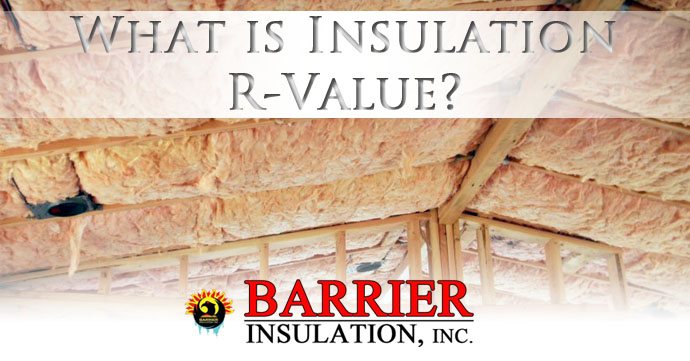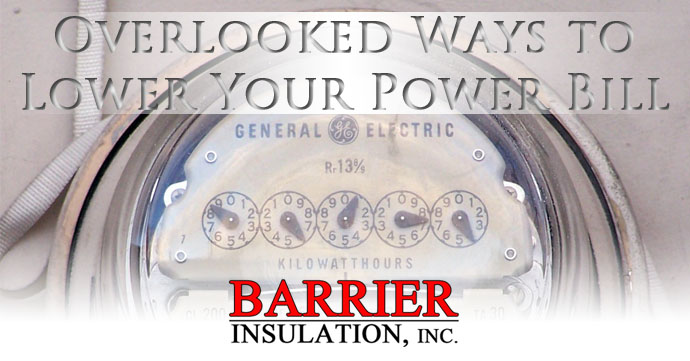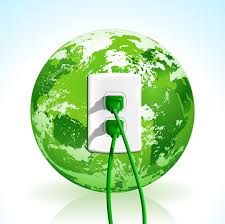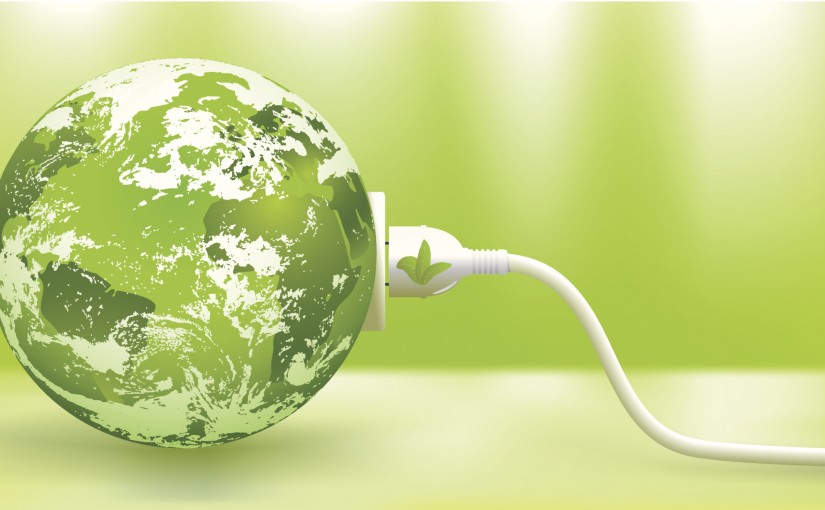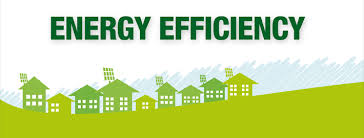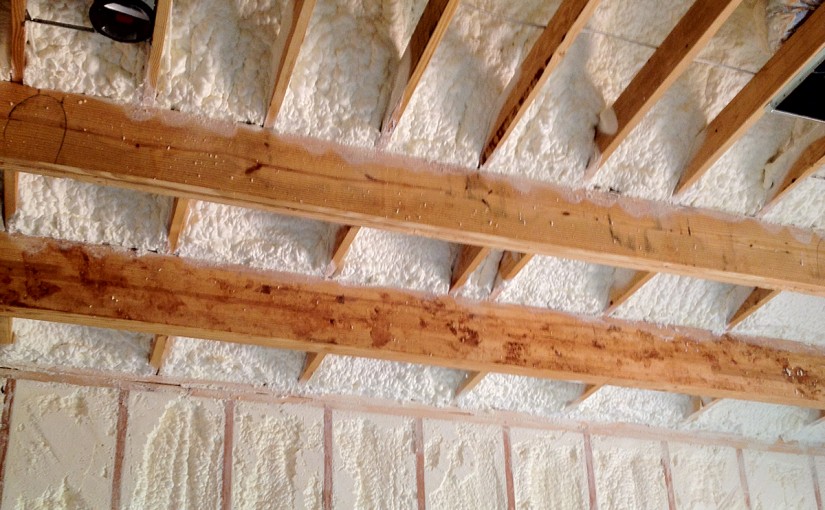
If you are searching for “How Radiant Barrier Works“, this post should help!
Heat journeys from a warm area to a cool area by a combination of radiation, convection, and conduction. Heat flows by conduction from a more hot location within a material or assembly to a more cold location, similarly the way a spoon placed in a hot cup of tea conducts heat from its handle to your hand.
Heat transfer by convection occurs when a liquid or gas (a good example is air) is heated it becomes less dense, and rises. As the liquid or gas cools, it becomes more dense and falls. As radiant heat travels in a straight line away from any surface, it heats anything solid that can absorb its energy.
How Radiant Barrier Works
Most conventional insulation materials work by slowing the conductive heat flow and — to a lesser degree — convective heat flow. Reflective insulation systems and radiant barriers work by reducing that radiant heat gain. To be more effective, the reflective surface must face an air space. Because some dust will accumulate on the reflective surface, it will reduce its reflective capabilities. The radiant barrier should be installed in such a way as to minimize the dust accumulation on the reflective surface.
Cuts Down Radiant Heat Transfer
When the sun heats a roof, it is primarily the sun’s radiant energy that heats the roof and makes it hot. Enough of this heat travels by conduction through the roofing materials to the attic side of the roof. The heated roof material then radiates its increased heat energy onto the cooler attic surfaces, including the air ducts and the floor of the attic. A radiant barrier cuts down the radiant heat transfer from the underside of the roof to the additional surfaces in the attic.
A radiant barrier works its most optimum when it is perpendicular to the radiant energy hitting it. Additionally, the higher the temperature difference between the sides of the radiant barrier material, the greater the benefit a radiant barrier can present.
Radiant Barrier Works Best In Hotter Climates
Radiant barriers are more effective in hotter climates (like Arizona) than in cool climates, especially when cooling air ducts are installed in the attic. Some studies show that a radiant barrier can reduce cooling costs from 5% to 10% when used in a warm and sunny climate. This reduced heat gain may even allow for a smaller a/c unit. In cooler climates, however, it is usually more practical to install more thermal insulation than to add a radiant barrier.
RADIANT BARRIERS TYPES
Radiant barriers is made up of a highly reflective material, usually aluminum foil, that may be applied to one or both sides of a number of substrate materials such as plastic films, kraft paper, oriented strand board, cardboard, and an air infiltration barrier material. Some products are fiber-reinforced to increase strength and ease of handling.
Some radiant barriers can even be combined with many types of insulation materials in reflective insulation systems. In these combinations, radiant barriers can operate as the thermal insulation’s facing material.
NEW AND EXISTING HOME RADIANT BARRIER INSTALLATION
A radiant barrier’s performance depends on proper installation, so it’s usually a good idea to use a certified radiant barrier installer. If you prefer to do the install the radiant barrier yourself, make sure you study the manufacturer’s instructions carefully, fully understand the safety precautions and check your local fire and building codes. For installation tips, you can also look toward the reflective insulation trade association.
It is much easier to incorporate radiant barriers into a newer home, but you can also install them in a pre-existing home, especially if the attic is an open one. In a new house, the installer usually drapes a rolled-foil radiant barrier foil-face down between the roof rafters to reduce dust accumulation on the reflective faces (double-faced radiant barriers are available). In most cases this is done right before the roof sheathing is installed, but can also be done afterwards from the inside by stapling the barrier to the underside of the rafters.
Installing Foil-Type Barriers
When installing foil-type barriers, it’s important to for the material to “droop” between the attachment points to make at least a 1 in (2.5 cm) gap of air space between it and the bottom of the roof. Some manufacturers even offer Foil-faced plywood or oriented strand board sheathing.
Warning About Radiant Barrier Installation
Please note that reflective foil conducts electricity, so workers and homeowners must refrain from making contact with bare electrical wiring. If the radiant barrier is installed on top of attic floor insulation, the foil will be vulnerable to dust accumulation and may trap moisture in the fiber insulation, so it is strongly recommended that you DO NOT install radiant barriers directly on top of the attic floor insulation.
Barrier Insulation Is A Radiant Barrier Contractor In Phoenix
If you live in the Phoenix valley and would like to learn more about radiant barrier insulation and enjoy lower energy bills all year long, give Barrier Insulation a call and get the process started. We can help you evaluate the condition of your current insulation, help you get your traditional insulation up to par if necessary and add a radiant barrier to help lower your energy bills. Call us today at 602-499-2922.
